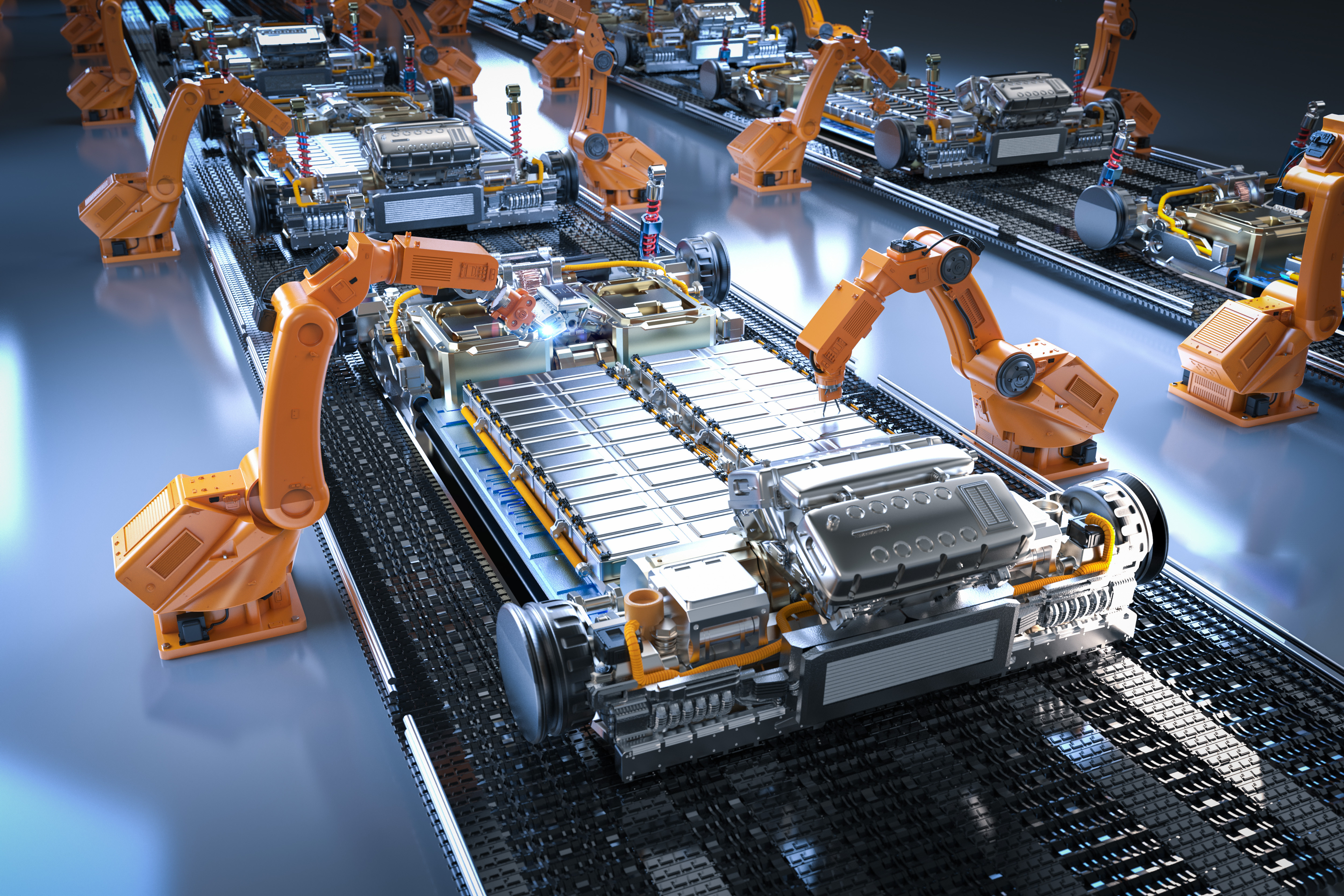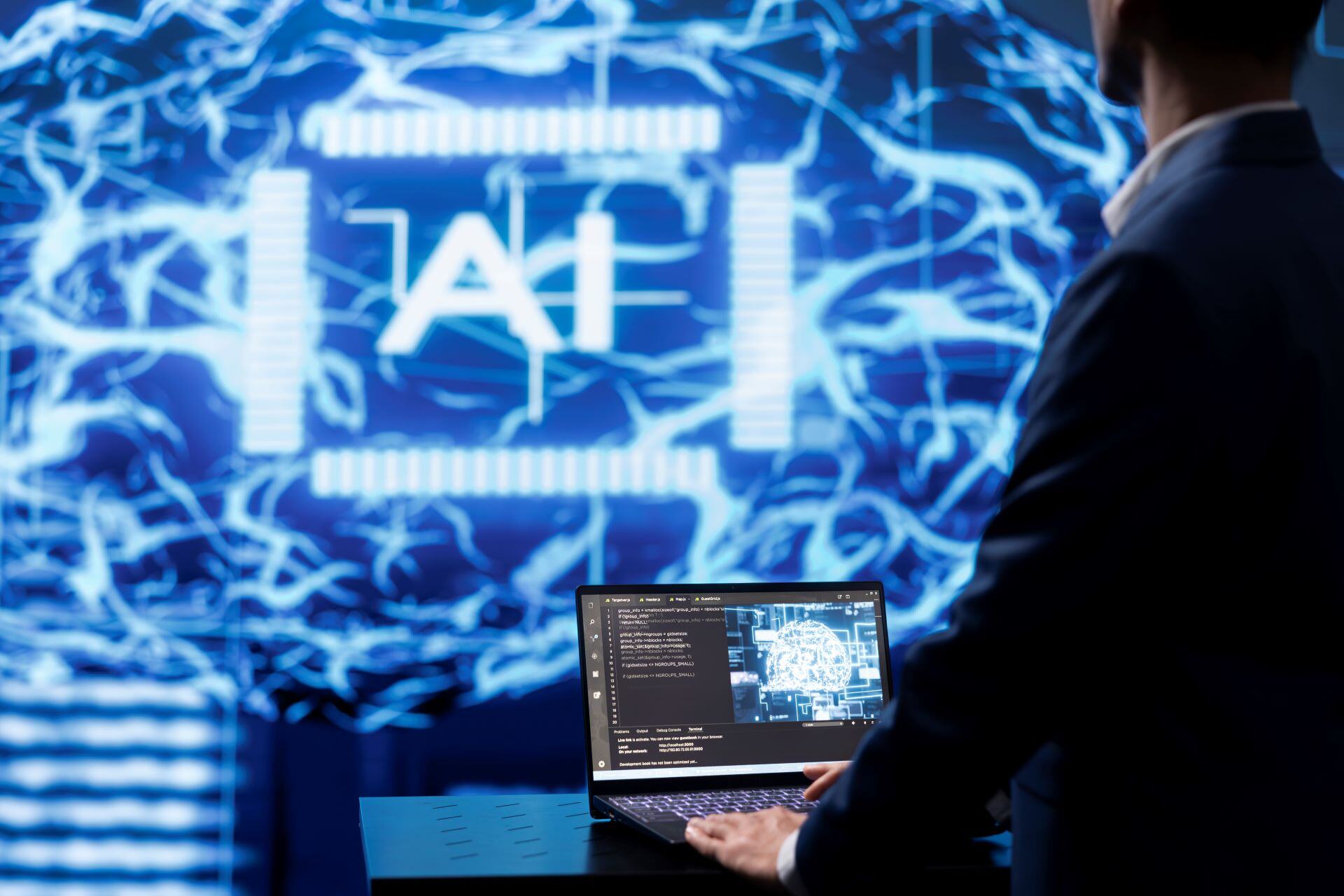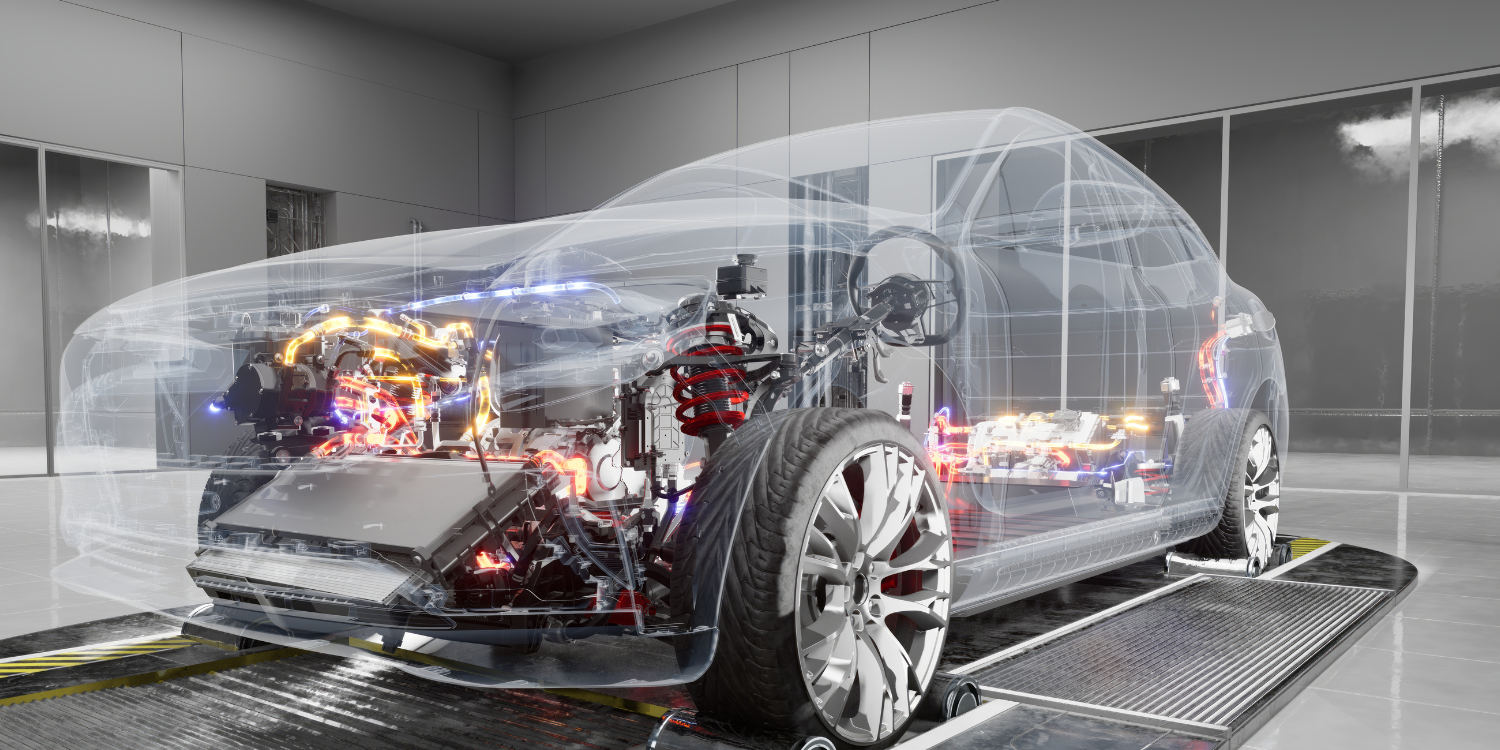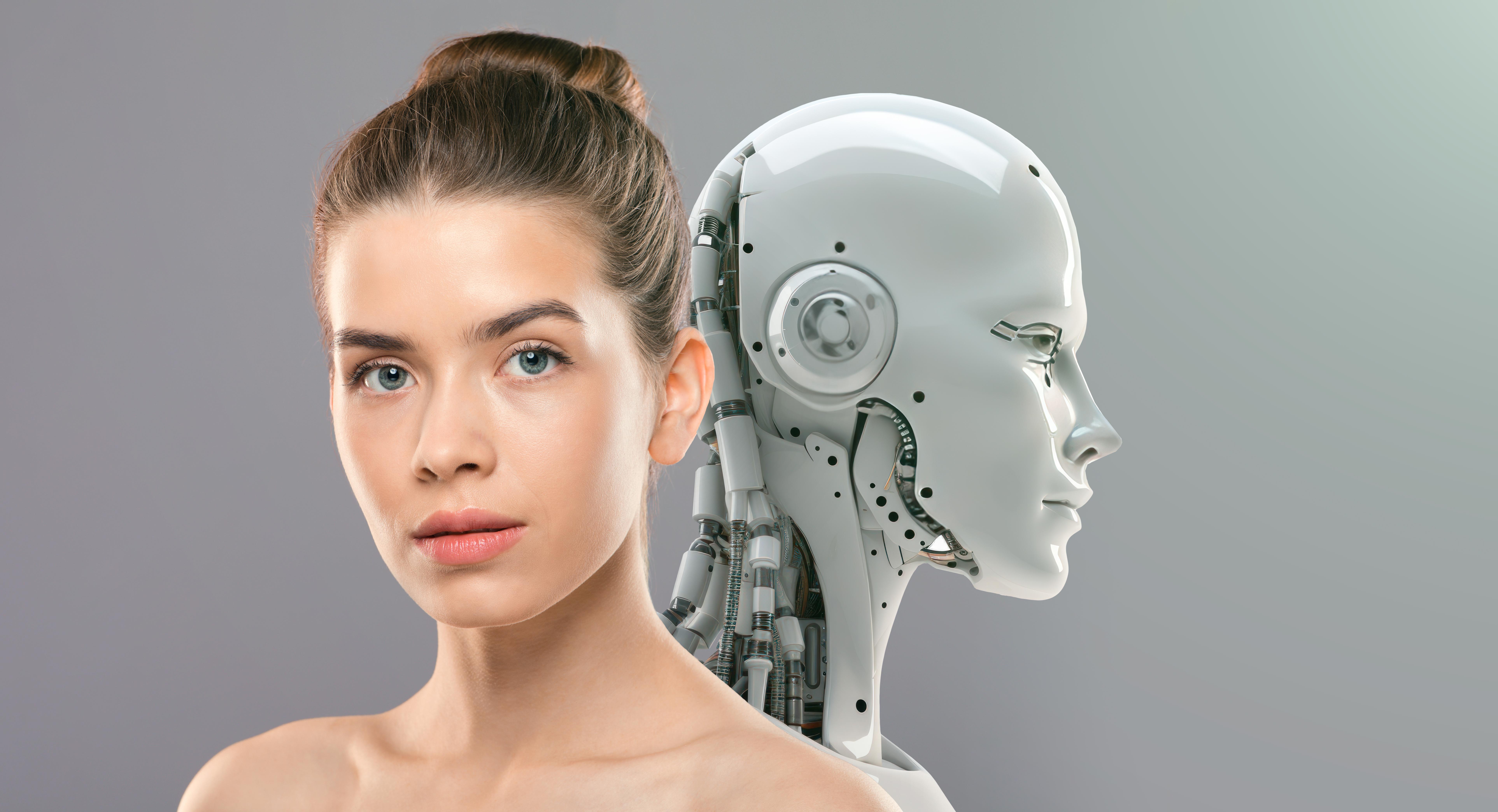Automotive Industry Changes 2025 - 2030

Post Categories
Robert Espinoza
The global automotive industry is on the brink of transformative changes, driven by advancements in electric vehicles (EVs), autonomous driving, and AI.
What's already happening
AI-driven design and manufacturing optimization are already contributing to the development of lighter, more efficient, and less expensive car components. For example, parts designed by AI have optimized shapes and materials that reduce weight without compromising strength. This leads to decreased fuel/energy consumption efficiency. This trend is expected to continue as AI technology advances.
AI-powered predictive maintenance is already being implemented, enabling proactive repairs and reducing downtime. For example, AI algorithms analyze data from sensors embedded in machinery to predict when a component is likely to fail. This allows for timely maintenance before a breakdown occurs, minimizing disruption and extending the lifespan of equipment. This technology is expected to become more widespread and sophisticated in the coming years as AI continues to advance
The demand for talent in AI and robotics is already high and will continue to grow as the automotive industry increasingly relies on these technologies. Companies are actively seeking experts in these fields to develop and implement AI-driven solutions for manufacturing, design, and autonomous driving.
Shift in global supply chain, with production moving closer to consumer market to reduce transportation cost, is already happening, and will accelerate. Driven by factors like supply chain disruptions from Covid-19. Predictive analytics enabled by AI algorithms accurately forecast the demand, optimizes inventory management to reduce reliance on long-distance transportation.
In March 2024, Google’s Waymo was approved to offer autonomous ride-hailing robo-taxi services across the entire city of San Francisco and on June 25 2024 is now fully available to anyone who download the app marking a significant milestone in the adoption of autonomous transportation.
Prediction 2025
According to S&P Global 90 million light duty vehicles are expected to be sold in 2025. While Internal Combustion Engine still dominates the market, Electrification penetration continues to rise (China 36%, Europe 19% and US 9%). Meanwhile, in 2025, Battery electric and plug in hybrid combine expected to have marketshare of 25-30% market in Europe, 35-40% in China and 14-16% in the US.
Autonomous vehicles at Levels 2 and 3 will dominate the market by 2025. Waymo announced at SXSW 2024 that they will add Austin in 2025 in addition to Phoenix, San Francisco and Los Angeles. On June 26, CEO of Xpeng, Xiaopeng 'most advanced and capable' ADAS in China tested Tesla's FSD and Waymo and posted a video on YouTube. He said "I believe 2025 will be a pivotal ‘ChatGPT moment’ for the fully autonomous driving era, revolutionizing how we interact with technology and fundamentally transforming the way we travel." During Tesla's June 2024 Investor Day, Elon Musk did discuss the progress of Full Self-Driving (FSD) and hinted at advancements towards Level 4 autonomy. Musk's remarks suggested confidence in reaching Level 4 autonomy soon. According to Bloomberg, Tesla is going to reveal Robotaxi in October 2024.
By 2025, connected and shared mobility will become more integrated into urban life, with expanded use of autonomous ride-hailing services, a shift towards pooled vehicle use, and the development of purpose-built vehicles. The concept of connected and shared mobility is reshaping transportation.
Prediction 2026 - 2028
AI and automation are expected to drive down the costs of manufacturing EVs. Significant price reductions are likely to materialize as battery technology advances, economies of scale are achieved, and supply chains become more efficient. Early June 2024, $NVDA held a keynote announcing future of manufacturing with Nvidia’s Omniverse. Omniverse will design easy to build vehicles, optimize entire production processes even factory layouts. For example, BMW uses Omniverse to simulate its entire factory, optimizing production processes and enhancing collaboration among designers and engineers. Mercedes-Benz and BMW already signed up for Omniverse while GM is pursuing BrightDrop, AI powered software for fleet management, Ford is utilizing VR and AR to design. Hyundai acquired Boston Dynamics, a humanoid robot company and soon to have India’s biggest IPO. Stellantis also testing Omniverse like digital twin and Autonomous Mobile Robots.
In mid June 2024, during $TSLA shareholder meeting Elon Musk revealed that mention that he expects Tesla to have "a thousand to a couple thousand" Optimus robots working in its factories by next year. Optimus will replace people, faster, accurate and never needing rest or be paid overtime.
With AI and automation are driving production costs down, the price of automobiles, particularly electric vehicles (EVs), is expected to decrease significantly between 2026 and 2028. This will depend on advancements in battery technology, economies of scale in production, and the development of more efficient supply chains. As of Jan 2024, demand for EVs has plateaued, primarily because individuals who can afford high-end EVs ($50,000 and above) already own them. Elon Musk has previously hinted at the possibility of a more affordable Tesla model. However, during the June 2024 shareholder meeting, $20,000 Model Y was mentioned by Musk "That’s not feasible today but figuring out ways to make more affordable vehicles is really like the game changer." and said "You could imagine if there was...say, a Model Y that cost less than $20,000, it would sell like five million units"
Prediction 2027 - 2030
The advent of sub-$30,000 long-range EVs with increased charging stations will trigger a massive shift in EV adoption, EVs becoming the dominant choice for new car buyers. AI adoption will also make gasoline-powered vehicles cheaper to build and buy, but the most dramatic cost reductions are likely to be seen in electric vehicles (EVs) due to their simpler design and the potential for AI-driven automation in battery manufacturing, price decrease in gasoline-powered cars, due to AI adoption, the impact will not be as significant as EV.
Prediction 2030
With mass adoption of EV due to lower cost to build and buy means less gas powered vehicles on the road, cleaner air. World may not need EV mandate like from California. Market may react faster than regulation. Every major cities will see increase in EV charging station and begin to see decrease in Gasoline station
By 2030 and beyond, the concept of Transportation as a Service (TaaS) is expected to gain traction. With autonomous vehicles and lower production costs, consumers may prefer subscribing to transportation services rather than owning vehicles, similar to Uber for manufacturers and Airbnb for consumers renting out their vehicles.
Robots recycling vehicles like Apple recycles iphones with AI and robots. The use of AI and robotics in recycling is an emerging trend. As technology advances, we can expect to see more automated and efficient recycling processes for cars, similar to what Apple is doing with iPhones.


